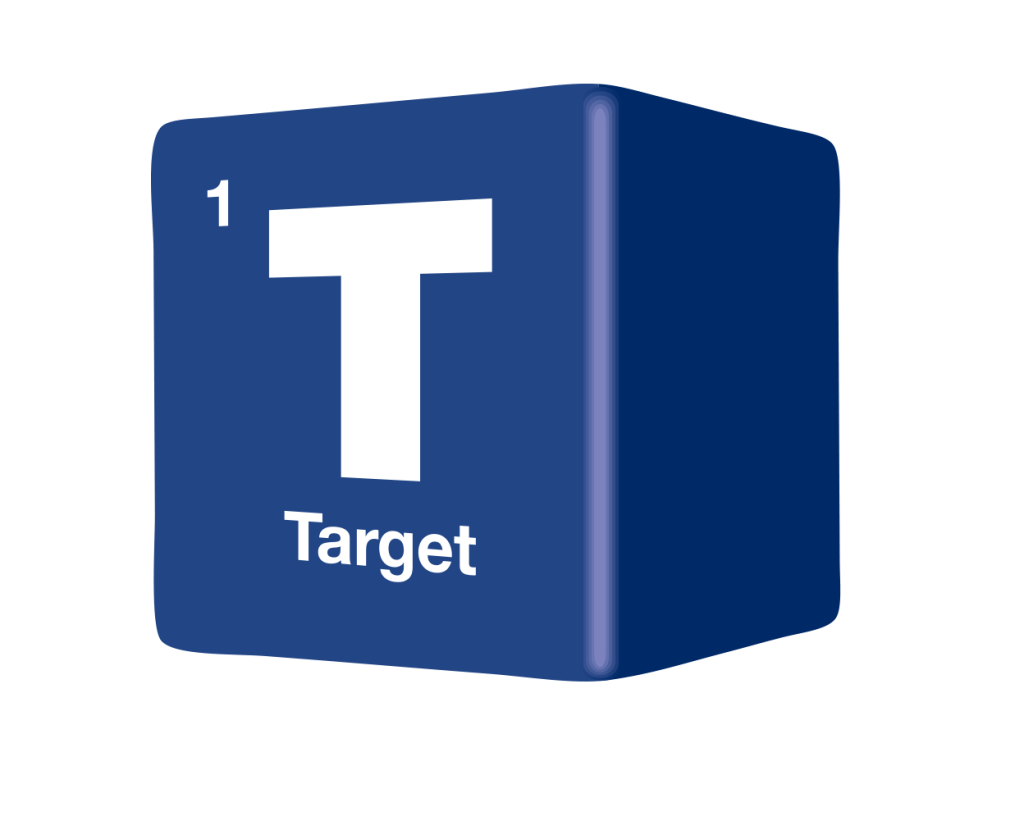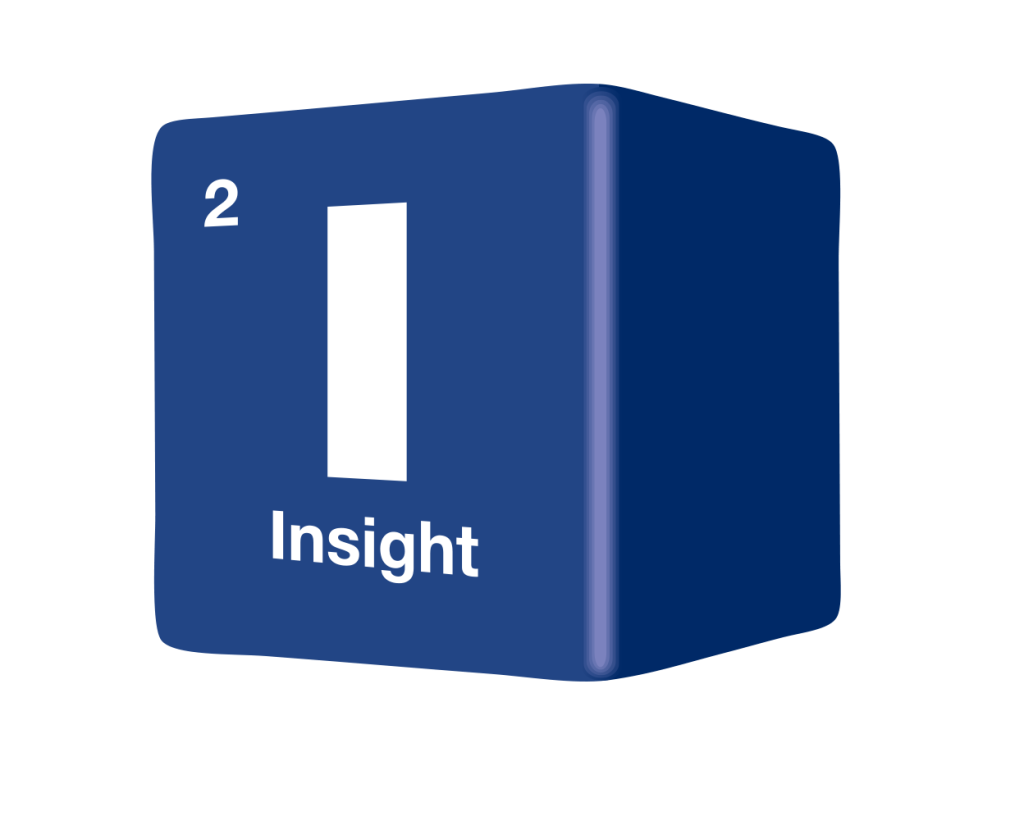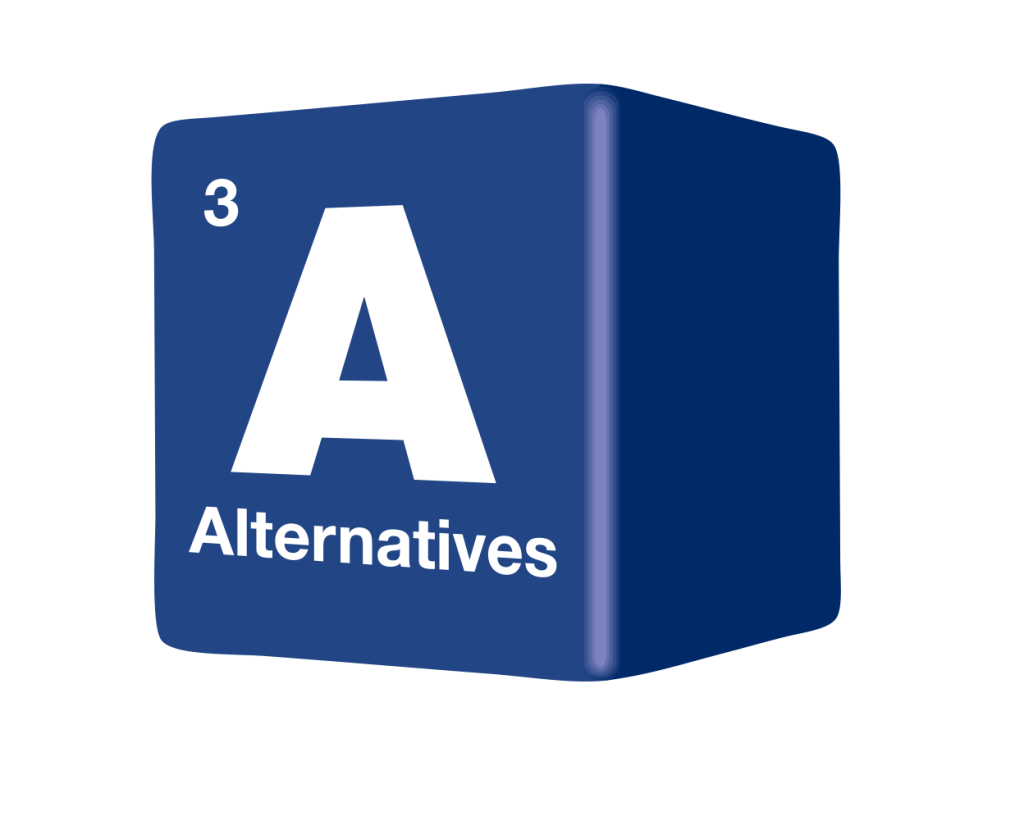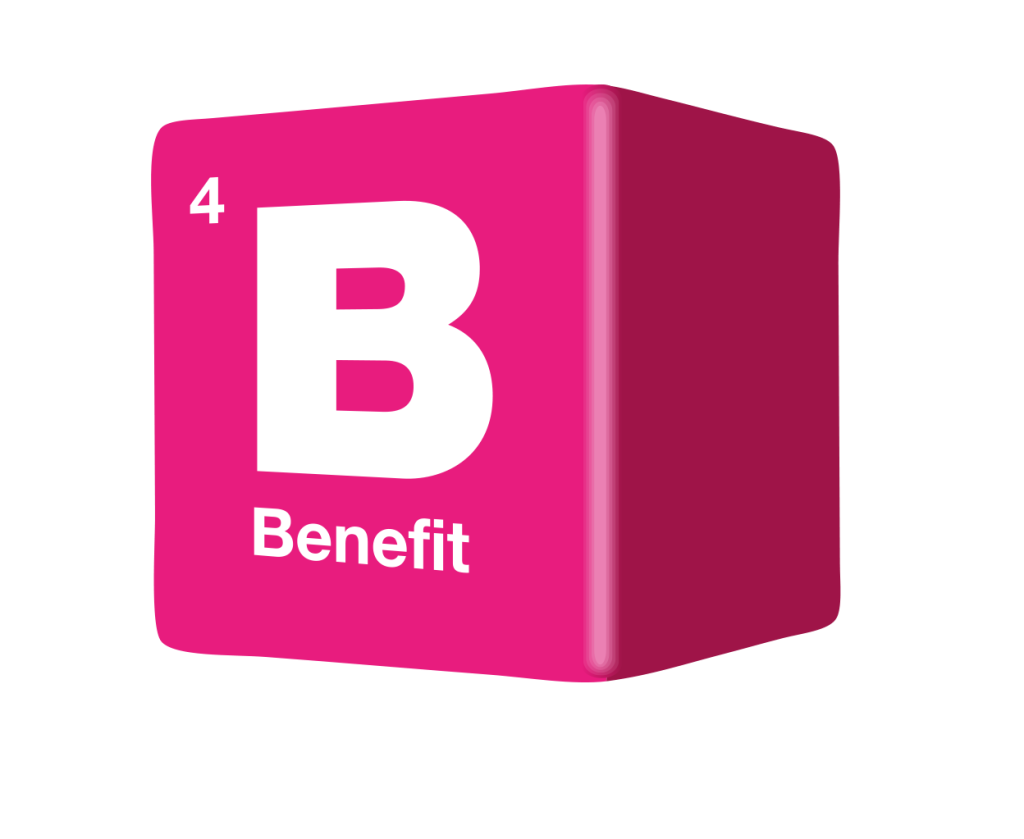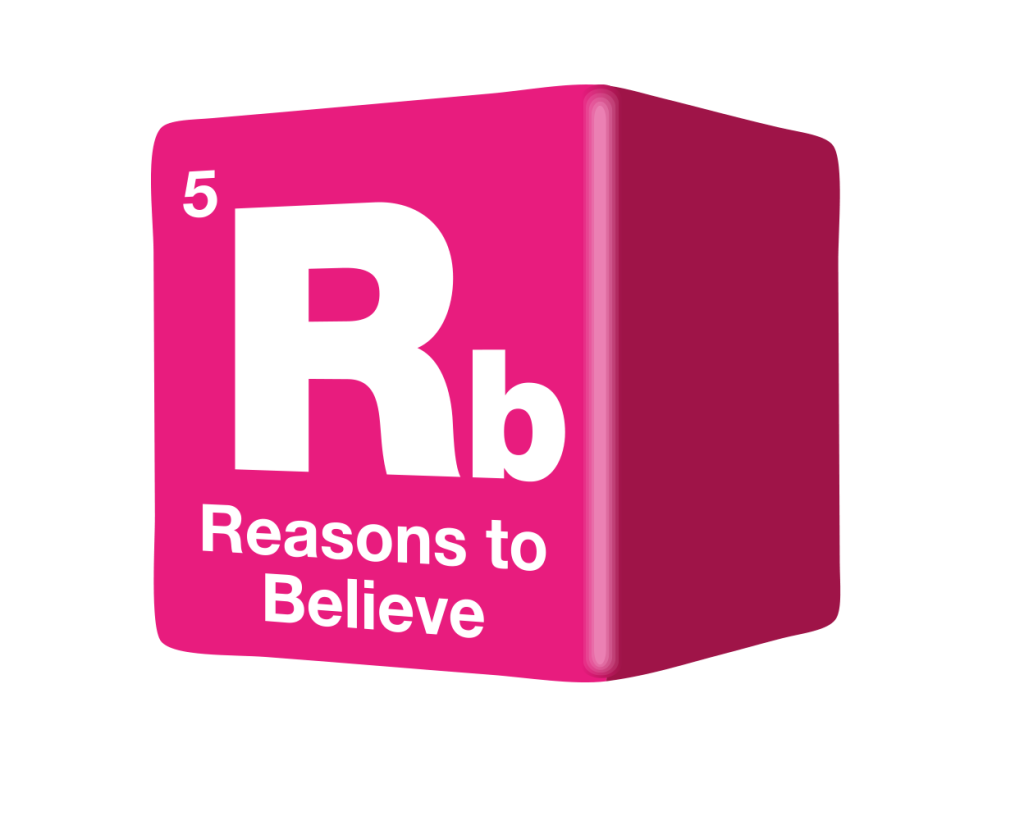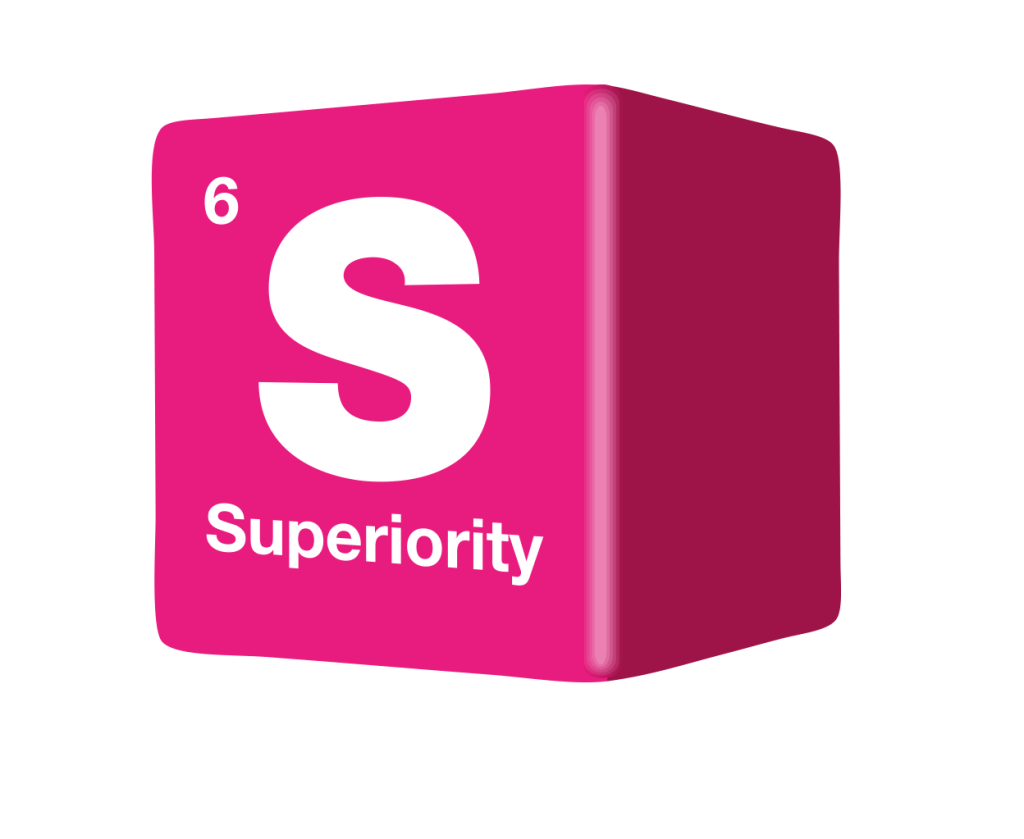Click on each of the 6 blocks below to find out more.
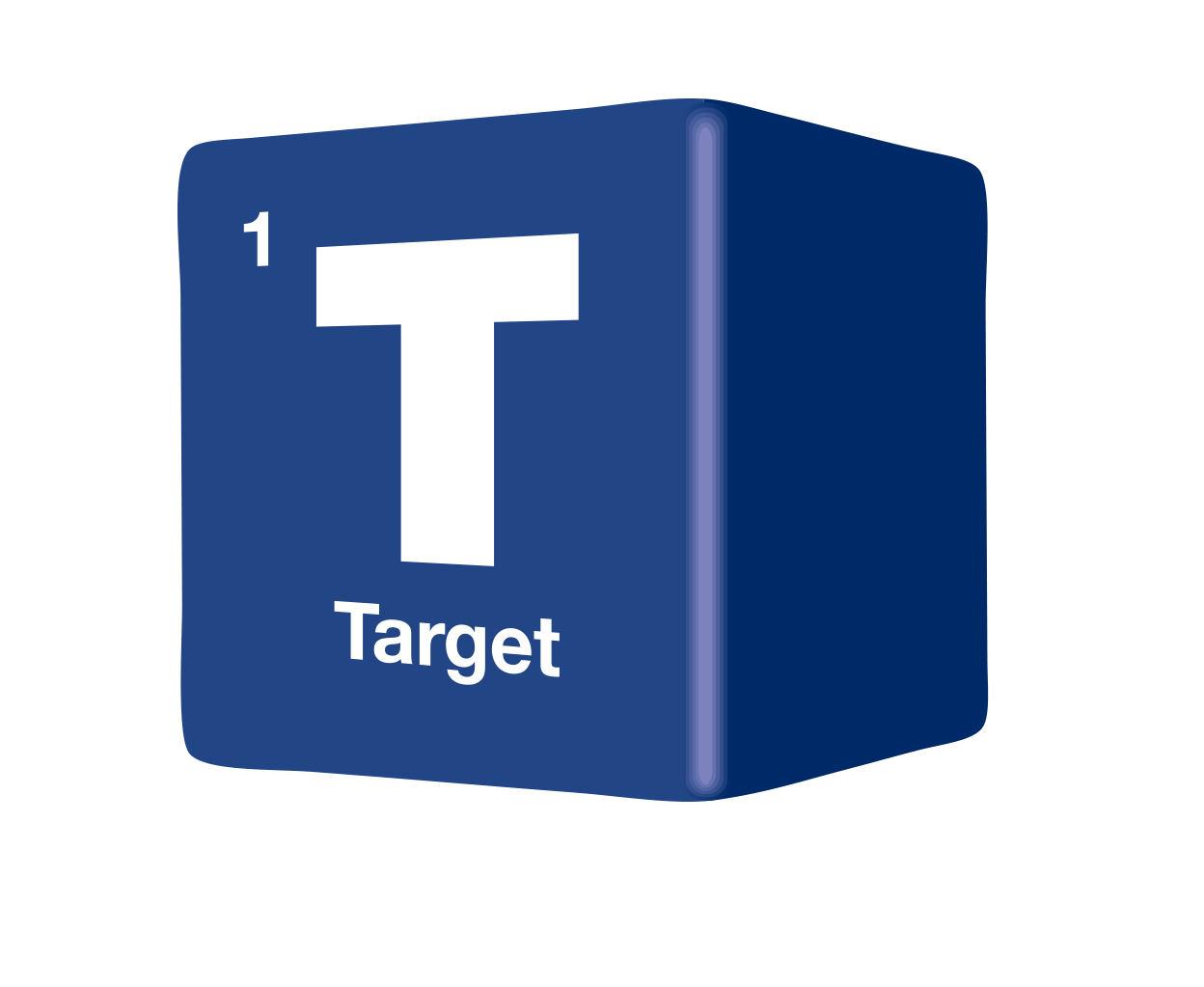
Target
Our first and most important decision is ‘Who are we solving for?’, and ‘Who are we communicating our Value Proposition to?’
Defining a target, including segmenting them by attitude, geography, habits and usage can be complicated. If your project has multiple stakeholders such as purchase decision maker, distributor, installer and end consumer it gets even more tricky.
Thankfully the 6 Block Method makes understanding and making these decisions on who to target simple and intuitive.
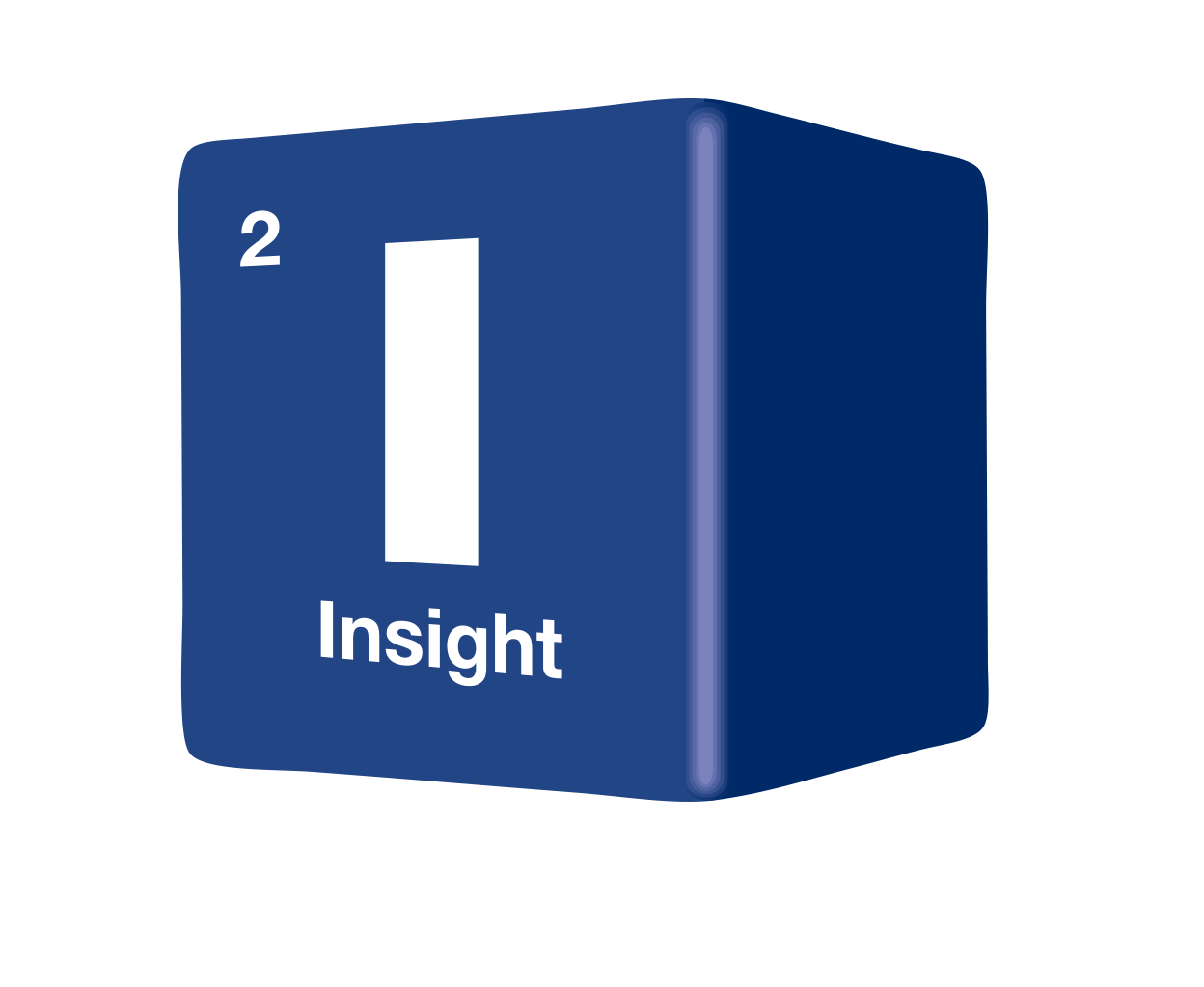
Insight
Insights are one of the most often used and yet misunderstood buzz words in business. They help us define our targets unmet needs and pain points, but they differ from data points, observations and accepted customer beliefs.
Creating, ranking and prioritising insights is only half the battle as we then need to ensure that we know more about the issue than any of our competitors.
Thankfully the 6 Elements method steps users through the complex world of insight generation and is easy to grasp even for those who are new to this approach.
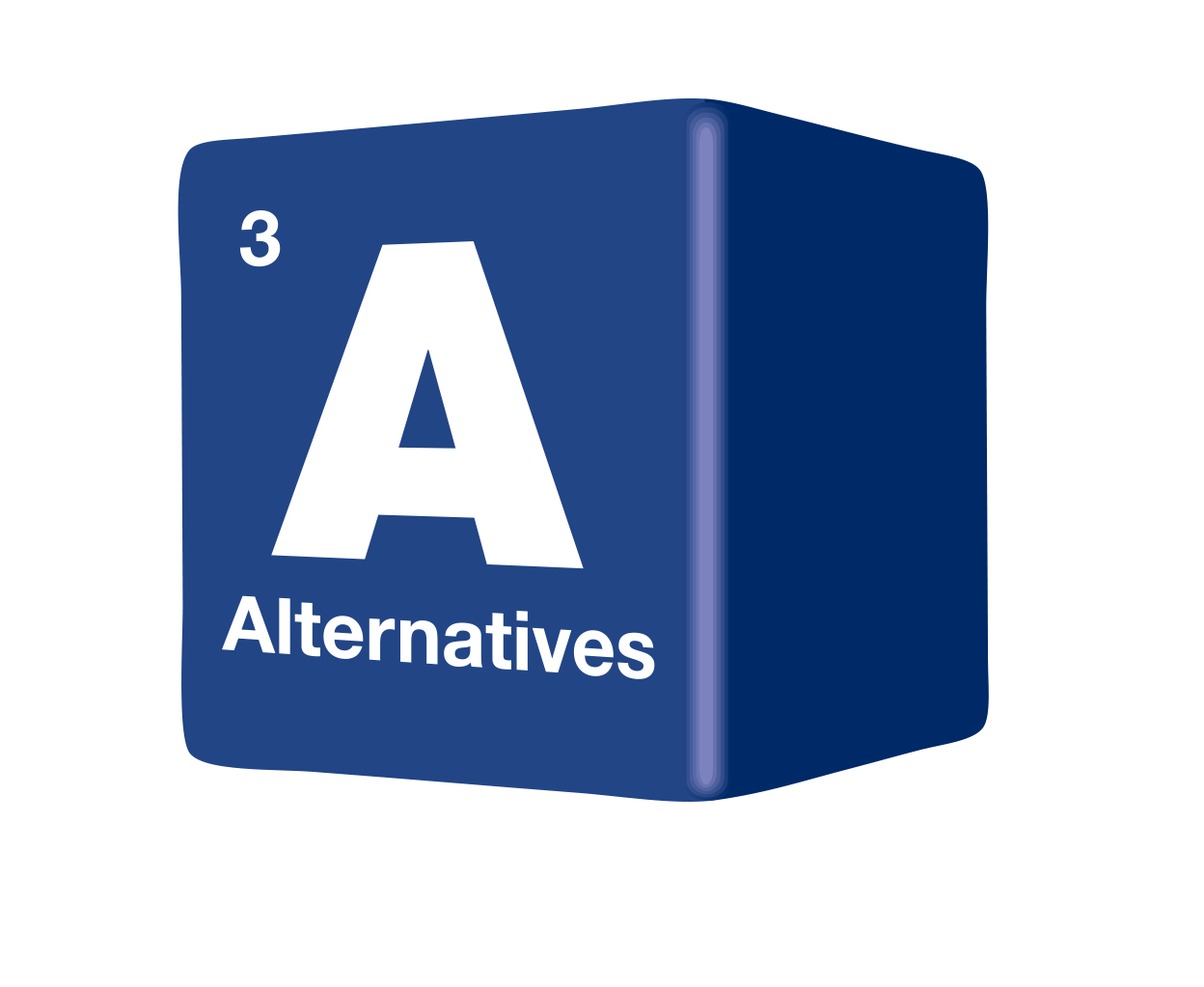
Alternatives
Understanding what our target audience is considering as an alternative to our solution is vital.
Established competitors can have loyal customers and well understood technologies. Yet if we narrowly define our competitors we might get blindsided by indirect alternatives or surprised when the target sticks with the status quo.
The 6 Elements method steps users through the process of correctly identifying the alternatives from the targets perspective. It helps to ensure teams understand where their solution fits in the market and how it needs to be differentiated to succeed.
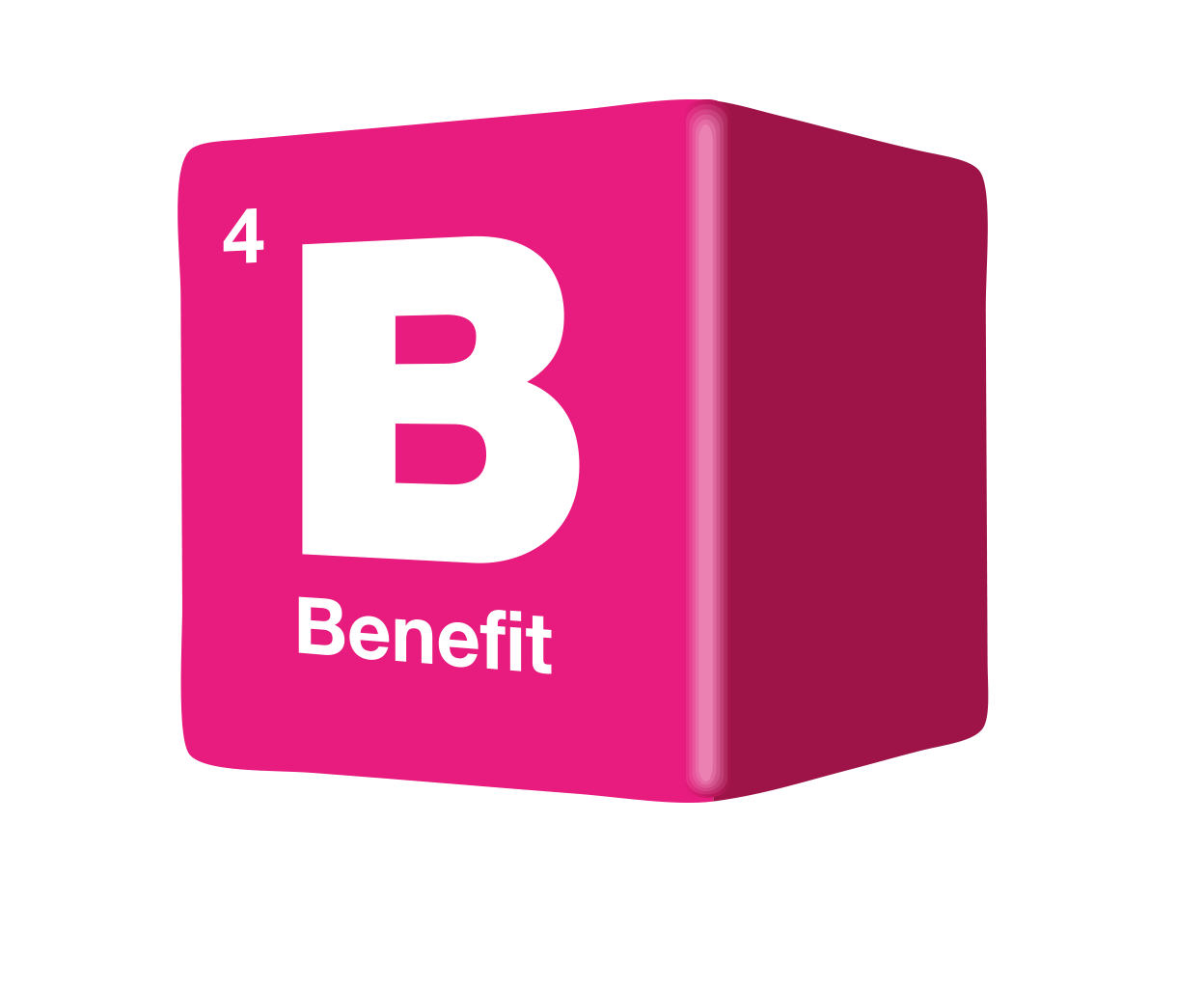
Benefit
To create value for our target audience we need to promise them a benefit that’s relevant and motivating.
However a benefit that’s too functional and rational will be less appealing and offering a laundry list of promises will be overwhelming.
The 6 Elements method helps teams narrow down and focus on the benefit that is strategically most important to our target. It provides clear direction of how to make choices between competing benefits and how to articulate the value in a way that maximises the likelihood of purchase.
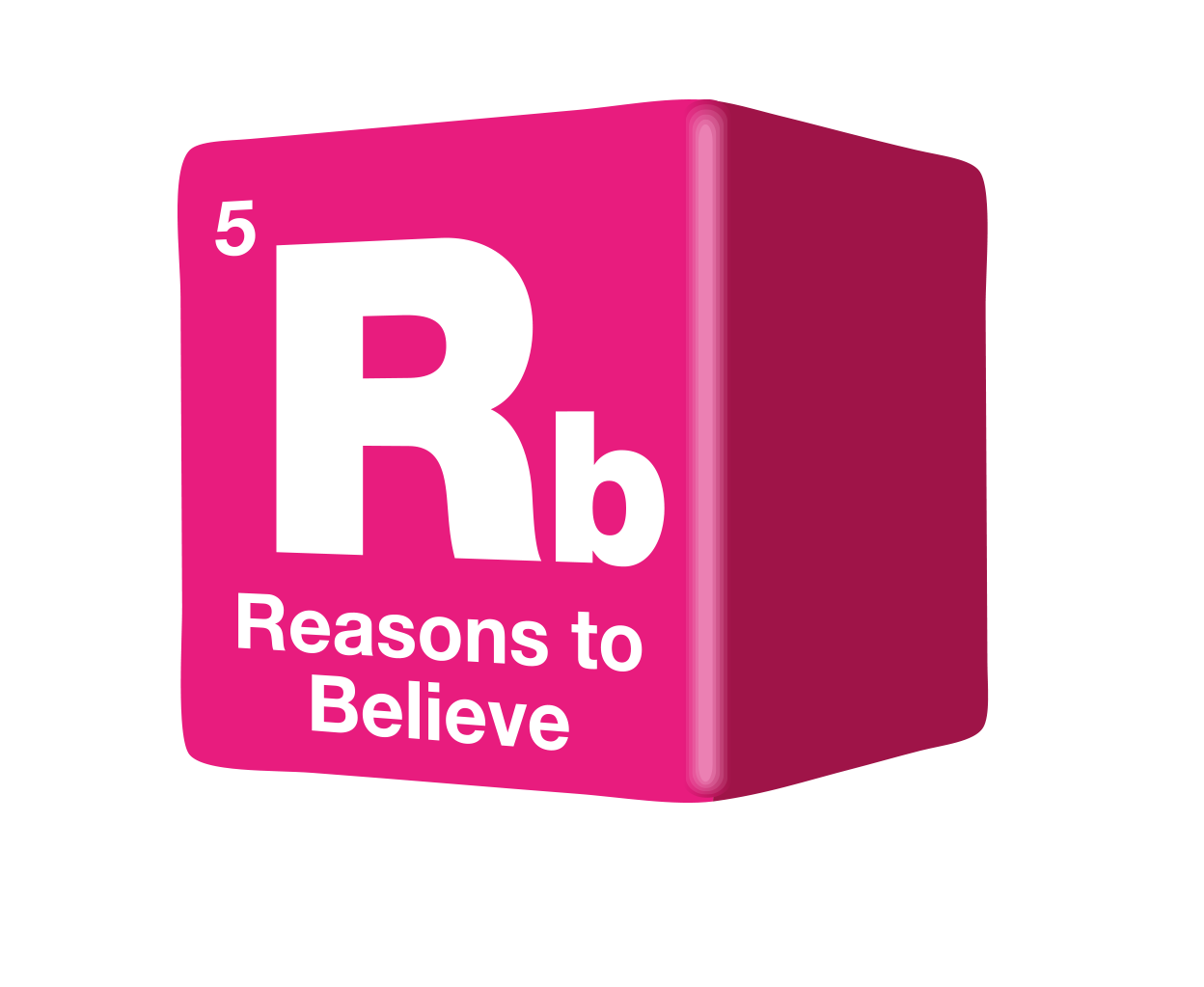
Reasons to Believe
When it comes to complex technology and features, many teams find it difficult to describe the how their idea actually works.
Whilst some target audiences may have a PHD, how do you describe your solution to those that don’t?
The Reasons to Believe are important in making our target more likely to believe our benefit will be delivered. The 6 Elements method steps users through all the ways we can motivate and persuade the target that our solution is credible and effective.
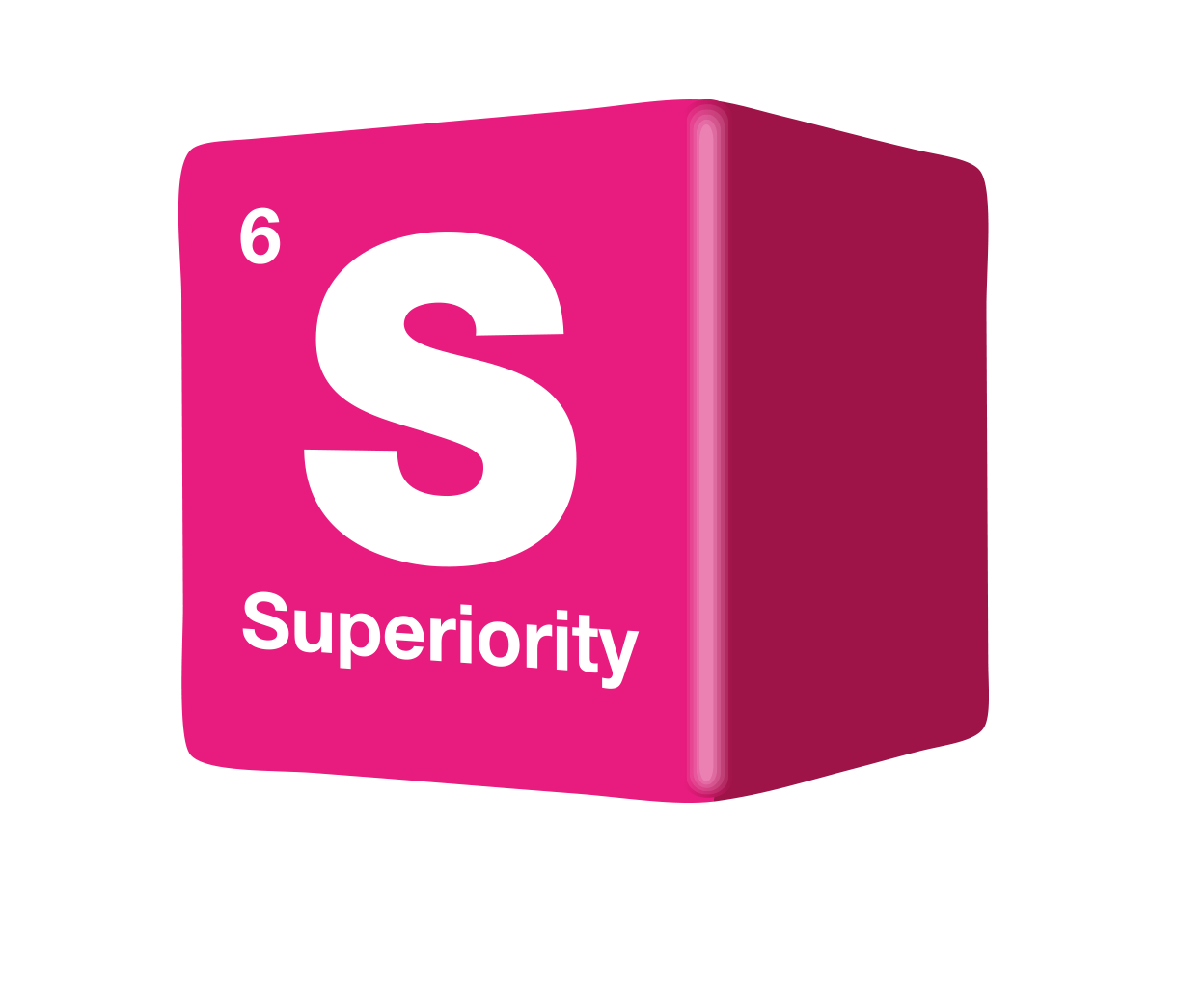
Superiority
Finally we need to lay out clearly and accurately what is better about our solution than all the alternatives.
For a Value Proposition to be differentiated it needs to be unique or superior in some meaningful way, but how do you work out what is the best claim to make?
The 6 Elements method has clear guidance even for those that have never communicated a claim or defined a Unique Selling Point. The simple step by step guide walks users through the process of ensuring your solution is competitive and discriminated in the market

